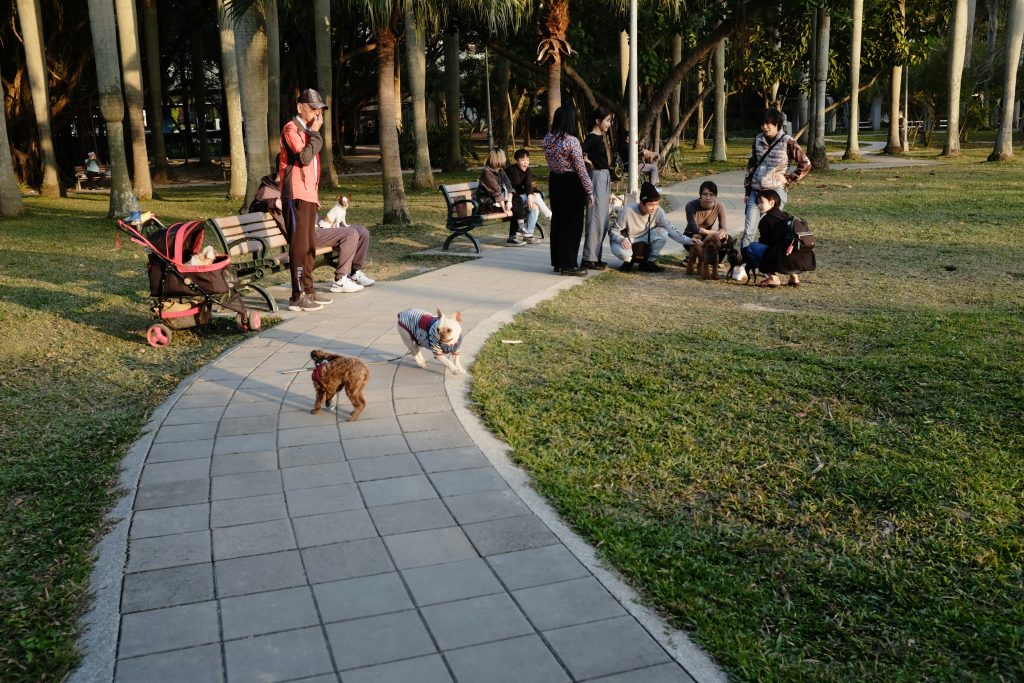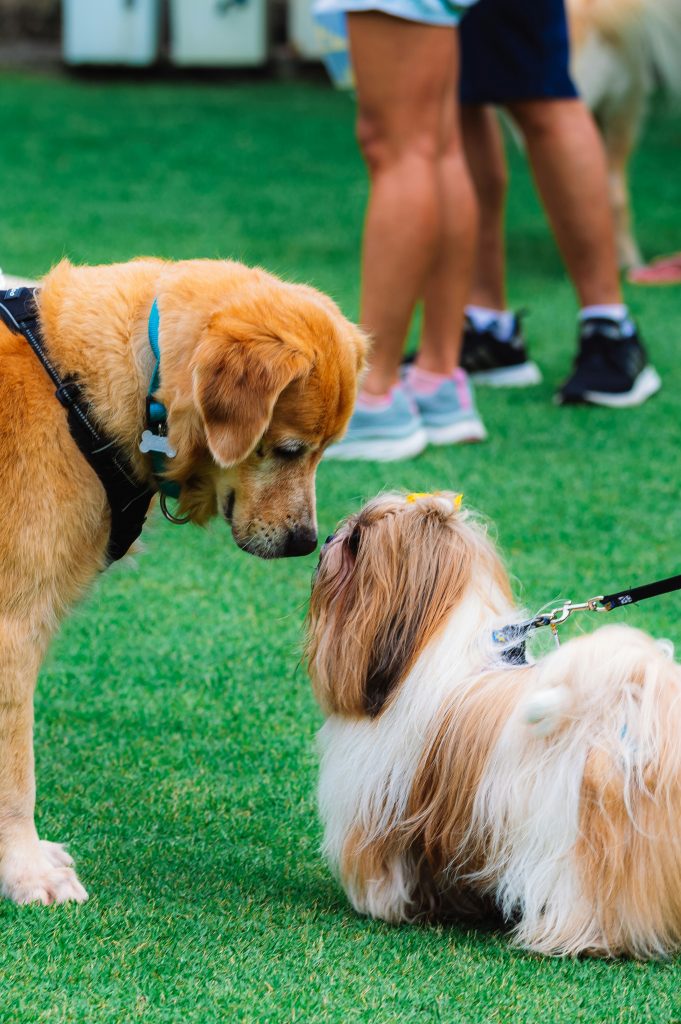Ensure a safe visit for dogs and owners at the dog park by following these tips, including the importance of vaccinations, choosing the right park, using identification and safety gear, monitoring your dogs behavior, and visiting during off-peak times.

Introduction to Dog Park Safety
Dog parks serve as valuable spaces for dogs to socialize, exercise, and engage in mental stimulation. However, ensuring safety at these parks is paramount to prevent any potential accidents or conflicts. By adhering to specific safety guidelines, dog owners can establish a secure and enjoyable environment for their furry companions.
One essential aspect of dog park safety is monitoring your dog’s behavior and ensuring they interact positively with other dogs. For instance, observing your dog’s body language, such as signs of stress, fear, or aggression, can help you intervene early and prevent any conflicts from escalating. This proactive approach can contribute to a harmonious and safe experience for all park visitors.
Importance of Vaccinations
Vaccinations play a crucial role in safeguarding dogs against serious diseases that can be transmitted at dog parks, including rabies, distemper, and parvovirus. These vaccinations not only protect individual dogs but also contribute to the overall health and well-being of the canine community. Before visiting a dog park, it is essential to consult with a veterinarian to ensure that your dog is up to date on all necessary vaccinations to prevent the spread of infectious diseases.
To illustrate, imagine a scenario where an unvaccinated dog carrying a contagious disease interacts with other dogs at the park. This situation could lead to a widespread outbreak, posing a significant risk to the health of all dogs present. Therefore, vaccination adherence is a critical component of responsible dog ownership and ensuring a safe environment at the dog park.

Choosing the Right Dog Park
When selecting a dog park for your pet, several factors should be considered to promote a safe and enjoyable experience. These factors include the park’s location, size, amenities, and adherence to rules and regulations. It is advisable to choose a park that provides separate areas for small and large dogs to minimize the risk of conflicts and create a safe play environment for all furry visitors.
For example, a dog park with designated sections based on dog size and temperament can help prevent misunderstandings or aggressive interactions between dogs. By selecting a park that aligns with your dog’s needs and behavior, you can enhance their socialization opportunities and overall well-being during park visits.
Identification and Safety Gear
When it comes to ensuring the safety of your furry companion at the dog park, proper identification and safety gear play a crucial role. While collar tags and microchips are common forms of identification, modern technology offers additional layers of security. For instance, GPS trackers have become increasingly popular among pet owners as they provide real-time location monitoring, which can be especially beneficial in crowded or unfamiliar environments like dog parks. By utilizing GPS trackers, owners can quickly locate their pets if they happen to wander off or get lost during playtime, offering peace of mind and a swift reunion if needed.
Moreover, the significance of well-fitted harnesses and leashes cannot be overstated. These essential pieces of safety gear not only help in controlling your dog’s movements but also prevent potential accidents or altercations with other dogs. A sturdy harness ensures that your dog is secure and gives you better handling capabilities, especially in situations where quick intervention may be necessary. Additionally, having a properly fitting leash can provide you with the necessary control to guide your dog away from any unwanted interactions and maintain a safe distance when needed, promoting a secure and enjoyable park visit for both your pet and others.
Lastly, being prepared for unforeseen circumstances is key to handling emergencies effectively. Carrying a well-equipped first aid kit with essential supplies such as bandages, antiseptic wipes, and tweezers can be a lifesaver in case of minor injuries or incidents at the park. By having these supplies readily available, you can attend to your dog promptly and provide immediate care before seeking professional help if required. This proactive approach to safety demonstrates your commitment to your pet’s well-being and readiness to handle any unexpected situations that may arise during your visit to the dog park, ensuring a smooth and secure experience for everyone involved.

Monitoring Your Dog’s Behavior
It’s crucial to be observant of your dog’s behavior while at the dog park to ensure their safety and well-being. Understanding your dog’s body language is key in recognizing any signs of stress, fear, or aggression that may arise during interactions with other dogs. For example, if your dog starts to exhibit lowered body posture, a tucked tail, or shows teeth, these could be indications of discomfort or potential conflict brewing. By being attentive to these cues, you can intervene early, redirect their attention, or remove them from the situation to prevent any escalation and maintain a positive experience for all dogs involved.
Furthermore, after a play session at the dog park, it’s essential to conduct a thorough check of your dog for any physical issues that may have occurred during their time there. This includes inspecting for ticks, cuts, scratches, or any other injuries that might have gone unnoticed. For instance, finding a tick early can prevent potential health issues associated with tick-borne diseases, highlighting the importance of a post-park inspection routine. By promptly addressing any injuries or health concerns, you can ensure your dog’s well-being and seek proper veterinary care if needed, promoting a swift recovery and continued enjoyment of future park visits. Additionally, teaching your dog reliable recall commands is beneficial in emergencies or instances where you need to quickly regain control. Commands like “come” or “stay” can help redirect your dog’s focus, prevent potential conflicts, and ensure better management in challenging situations, such as encountering aggressive behavior from other dogs or when it’s time to leave the park.
Off-Peak Visits and Conflict Avoidance
Choosing the right time to visit the dog park can significantly impact your dog’s experience. Opting for off-peak hours, like early mornings or late evenings, can provide a less chaotic environment for your furry companion to enjoy. During these times, there are usually fewer dogs around, reducing the chances of overstimulation and potential conflicts. For example, scheduling a visit during a quiet weekday morning can allow your dog to explore and play without feeling overwhelmed by a large crowd, enhancing their overall park visit.
When at the dog park during off-peak hours, it’s crucial to observe your dog’s behavior closely. Keep an eye out for any signs of stress, discomfort, or unease, such as lowered body posture, tucked tail, or excessive panting. If you notice escalating tension between dogs or any concerning interactions, be prepared to leave promptly to prevent any conflicts or negative experiences. By being attentive and responsive to your dog’s cues, you can proactively mitigate potential issues and ensure a safe and enjoyable outing for your pet.
Moreover, fostering a sense of community and positive engagement with other dog owners can contribute to a harmonious atmosphere at the dog park. Encouraging responsible pet ownership practices, such as cleaning up after your dog, respecting park rules, and monitoring your pet’s behavior, can help create a welcoming environment for all visitors. By promoting mutual respect and consideration among park-goers, you not only enhance the overall experience for your dog but also contribute to building a supportive and friendly community within the dog park setting.
